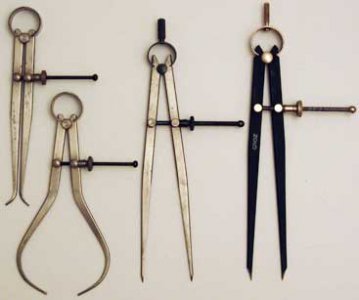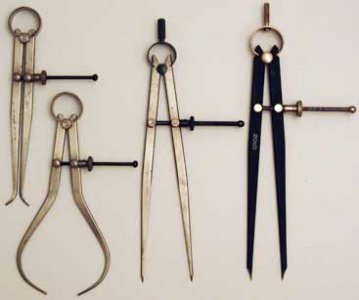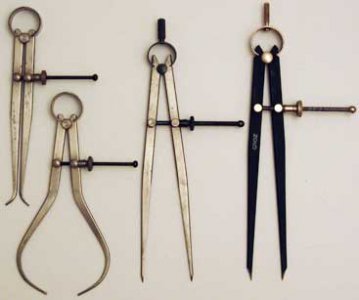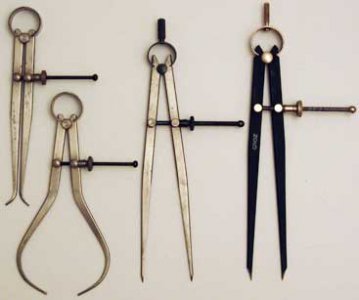- Joined
- Nov 16, 2012
- Messages
- 5,596
Mics are easy to collect and justify (i just need to measure it!!!)
Stuff snipped... .
Funny... I used to look at all the different kinds of mics and wonder, who the heck ever needs something like that? LOL: In the last few days and on the last couple projects, I could have used about 3 or 4 "out of the ordinary" kinds of mics. -Time to start a better collection....
Still though, I manage to get a lot done with calipers, standard mics, feeler gauges, a set of depth mics and a set of inside expandable hole gauges (forgot what those are called but you know what I mean).
Ray





